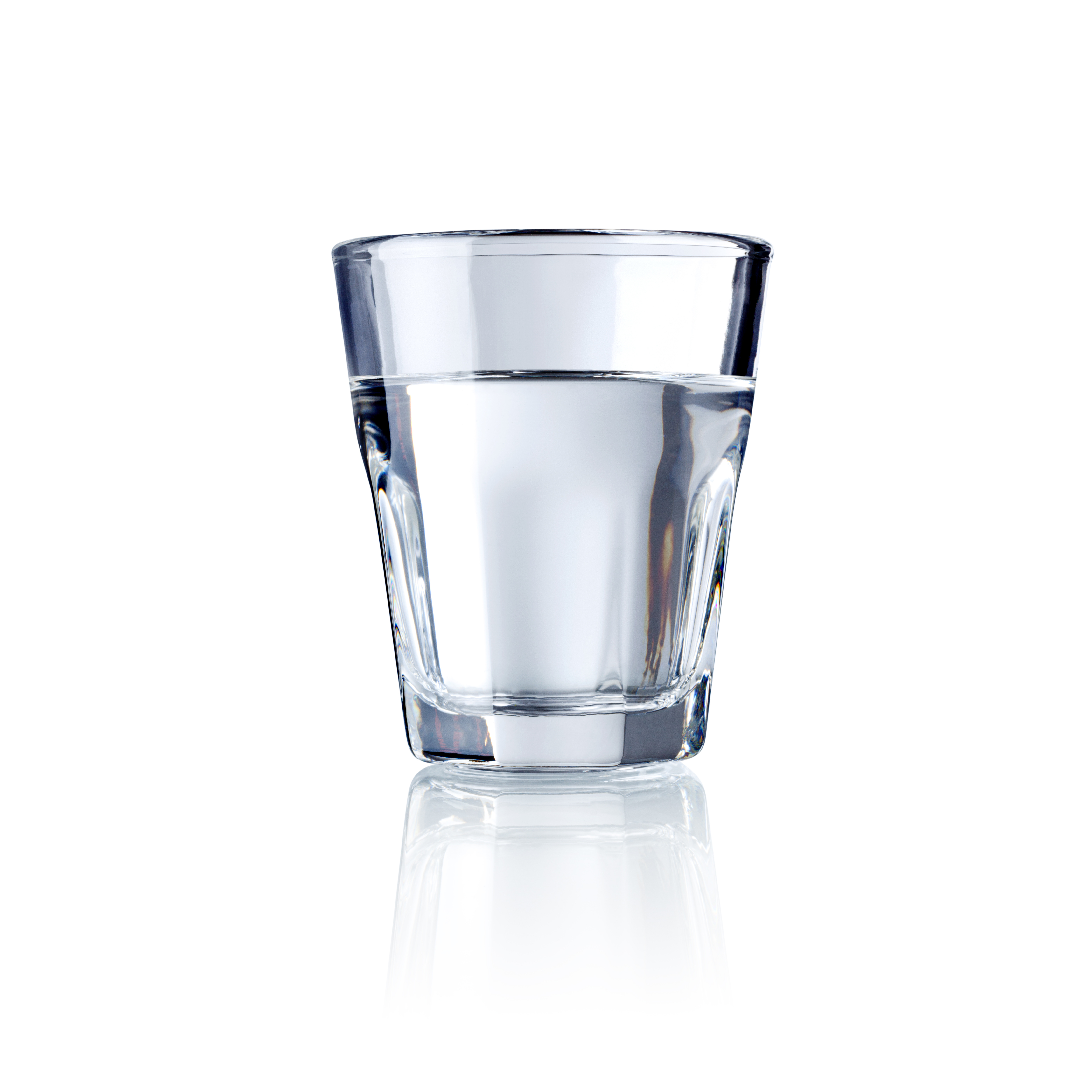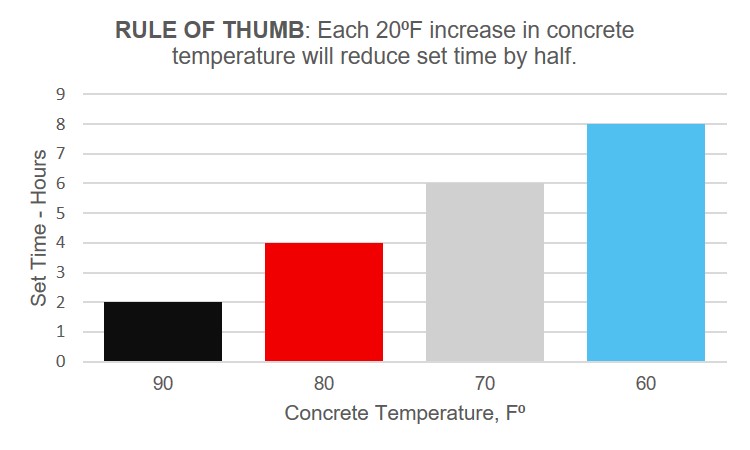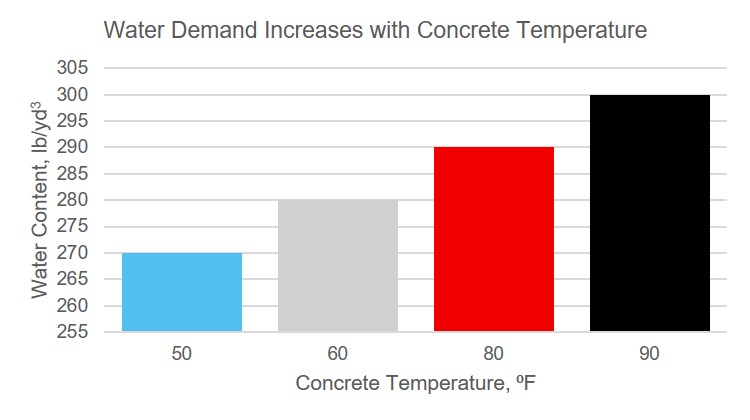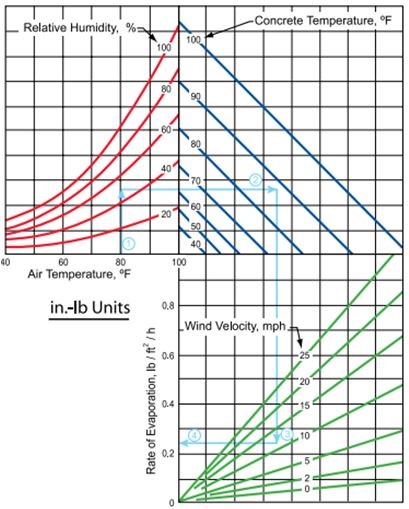Hot Weather Concreting

Hot weather is defined as any combination of high ambient temperature, high concrete temperature, low relative humidity, wind speed, or solar radiation that tends to impair the quality of the freshly mixed or hardened concrete.

|
POTENTIAL ISSUES DURING
HOT WEATHER INCLUDE:
|
FOLLOW THE RULES FOR
HOT WEATHER CONCRETE |
|
- Increased risk of plastic shrinkage cracks.
- Greater variability in surface appearance.
- Increased water demand.
- Increased rate of slump loss.
- Increased rate of setting.
- Increased difficulty in controlling entrained aircontent.
- Decreased 28-day and later strengths.
- Increased tendency for differential thermalcracking.
- Increased permeability.
Don’t forget to drink water!

|
- Slabs placed directly on vapor barriers will need special precautions during finishing and curing to avoid cracking.
- Protect test cylinders at the jobsite and maintain proper moisture and temperature during initial curing.
- Moisten subgrade, steel reinforcement, and form work prior to concrete placement.
- Use wind breaks, sunshades, and evaporation retarders to reduce the risk of plastic shrinkage cracking.
- Cool aggregates and mixing water added to the concrete to minimize concrete temperatures.
- Provide appropriate curing methods as soon as possible after the concrete finishing processes have been completed.
- Consider adjusting placement time to take advantage of cooler overnight temperatures.
- Admixtures can be used to increase workability, extend set time, and control hydration of the concrete mixture.
- Adjust the rate of delivery and have adequate manpower to place, finish, and cure the concrete.
- Limit onsite water additions and do not exceed the designed water content for the mixture.
|
Ask us about Concrete Temperature Control with NITROcrete
At Thomas Concrete we use liquid nitrogen technology to fine-tune the concrete temperature at the plant. The cooled aggregate protects concrete against heat during transit and holds the temperature stable over time, both are critical tasks in reducing evaporation rates and minimizing risk of plastic shrinkage.


Figure 1- Surface Evaporation Chart. As evaporation rates approach 0.20 lb./sq.ft./hr. the risk of plastic shrinkage cracking becomes critical.


![]()







